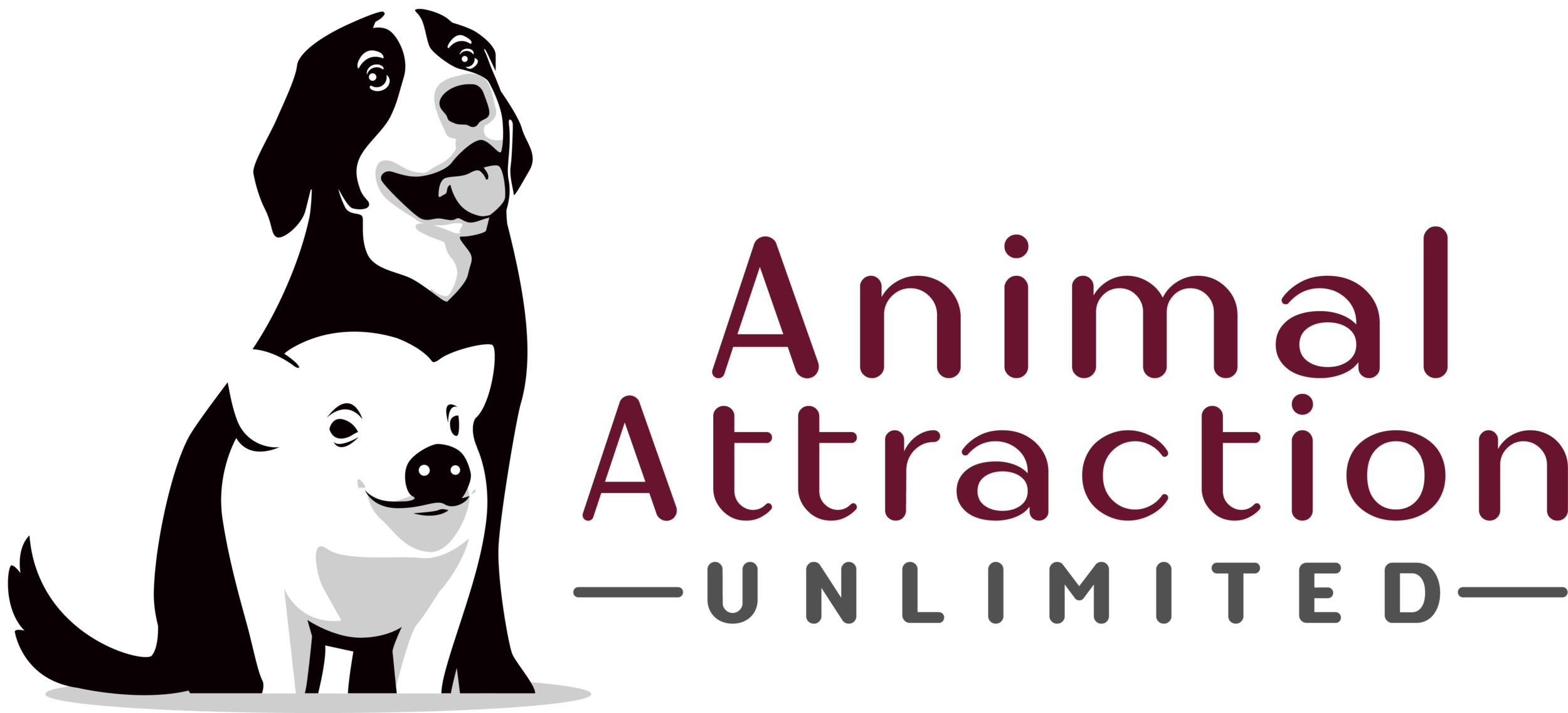Dog Rough Play: When to Intervene for Safe Dog Interactions
Is It Play or a Fight? Understanding When to Stop Rough Dog Play
Ever watched your dog gleefully wrestling with a furry friend and wondered, "Is this fun, or is it about to turn into a rumble?" You're not alone! In a fascinating episode of the "Doggie Dish" podcast, expert dog trainers Laura Bourhenne from Animal Attraction Unlimited and Kim Reinhart from Your Canine Educator dive deep into the nuanced world of dog play, particularly the often-misunderstood realm of roughhousing.
Navigating dog play can feel like deciphering a secret language. Laura and Kim expertly unpack key elements to help you better understand what's happening when your canine companions get a little rowdy. One of the most insightful takeaways was Laura's emphasis on listening over watching. While visual cues are important, she highlighted that the sounds dogs make during play can be a crucial indicator of whether things are staying playful or escalating. A sudden shift in vocalization, from playful grunts to tense growls or yelps, can be a vital sign to consider intervention.
Kim echoed this sentiment, adding a valuable rule of thumb: if the play makes you uncomfortable, it's a good time to step in. Our gut instincts as owners often pick up on subtle shifts in energy that we might not consciously register visually.
One of the biggest hurdles is teaching others to read these often subtle dog signals. What looks like aggressive behavior to an untrained eye might just be a boisterous play style for some dogs. This is where their recommendations become particularly helpful.
Here are some actionable Insights:
Tune into the soundtrack: Pay close attention to the sounds your dog and their playmate are making. Changes in vocal tone can signal a shift in the nature of the play.
Trust Your Gut: If a play session makes you uneasy, don't hesitate to intervene. It's always better to err on the side of caution.
Calming Signals are Key: Kim explained the concept of calming signals – subtle body language dogs use to communicate discomfort or to de-escalate situations. Learning to recognize these (like lip licking, turning away, or yawning, sniffing the ground) can provide early warnings.
Subtlety Over Force: When intervening, avoid adding high emotion or physically forceful actions, as this can inadvertently escalate the situation.
Separate to Observe: If one dog seems to be constantly "on the receiving end" or appears stressed, briefly separating them can offer valuable insight into the dynamic.
The Power of Playdates with Similar Peers: Just like humans, dogs benefit from playing with others of similar age, size, and temperament. This helps ensure a more balanced and enjoyable interaction.
Videotape Your Dog's Play: This brilliant suggestion allows you to objectively review the interaction, catching subtle cues you might have missed in the moment. You can even analyze the sounds!
Not All Dogs are Play Partners: It's a crucial reminder that forcing interactions between incompatible dogs can lead to conflict. Understanding individual dog personalities and play styles is paramount.
Laura and Kim also touch upon how breed-specific play styles can sometimes lead to misunderstandings. A herding breed's nipping play, for example, might not be appreciated by a less nippy breed. This underscores the importance of knowing your dog's breed tendencies and finding compatible playmates.
The discussion also highlights the challenges of managing dog play in unstructured environments like dog parks. The sheer number of unknown dogs with varying play styles and social skills can create a breeding ground for potential conflict. Careful observation and a willingness to remove your dog if things get tense are crucial in these settings.
Ultimately, Laura and Kim's insightful conversation reinforces the idea that careful management is the cornerstone of safe and positive dog interactions. Understanding the nuances of dog play, learning to read their subtle cues, and thoughtfully choosing play partners are all vital steps in preventing conflicts and ensuring our furry friends have enjoyable and enriching social experiences.
Good news for all you eager listeners! Laura and Kim are planning a Part Two of this discussion, where they'll delve even deeper into specific signs to watch for and when to intervene. They also hint at a future episode focusing on social skills – a topic we're definitely looking forward to!
What are your biggest challenges when it comes to understanding your dog's play style? Share your experiences in the comments below!
